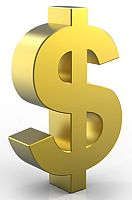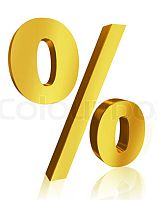The primary benchmark interest rate in the United States is
the current rate for Federal Funds, which is set by the Federal
Reserve’s Federal Open Market Committee as the rate depository
institutions lend reserve balances to other depository
institutions. This rate is not available to the corporate or
personal markets.
The “Prime Rate” is marked at 300 basis points (3%) above the
current rate for Federal Funds. This is the interest rate
banks charge their "Prime” or most favored customers, including
large corporations. It is also the index reference rate, or base
rate, used by banks to determine rates charged on many small
business and consumer loan products, such as home equity loans and
lines of credit, personal loans, credit cards and auto loans. |

